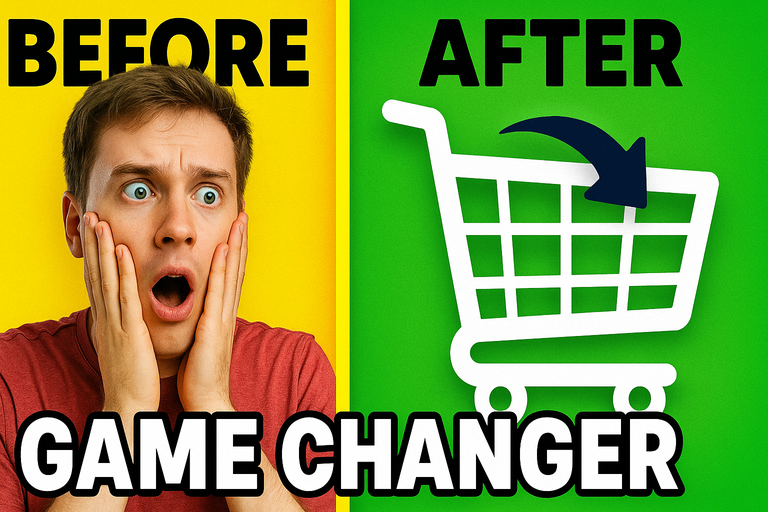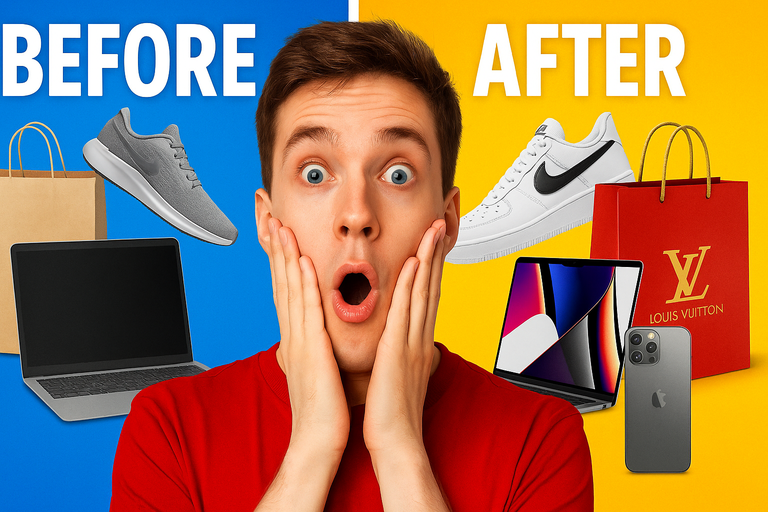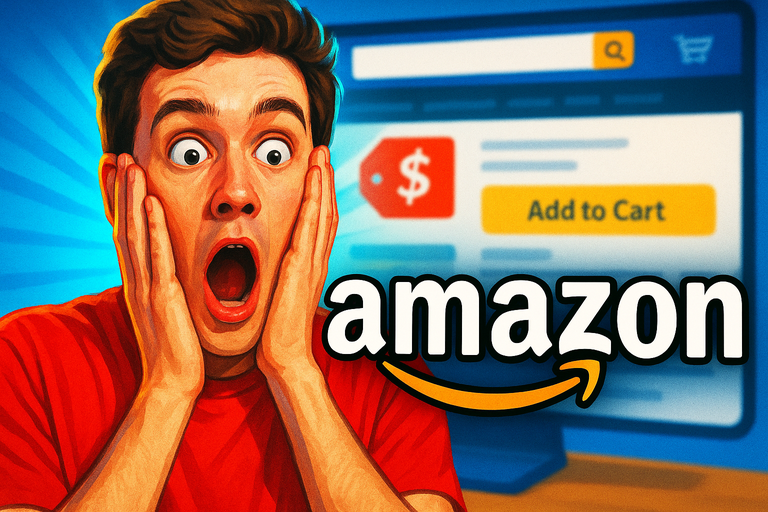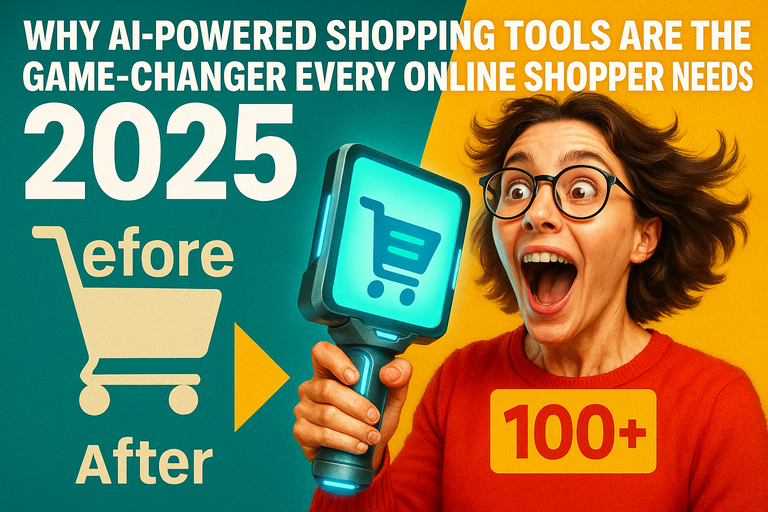
What if your browser was the most powerful shopping tool you owned—and you didn’t even know it?
In 2025, everyone from techies to grandmas is buzzing about browser-based applications. And the hype isn't just empty noise. With the recent development of open-source tools like CHILI3D, a browser-based CAD program, it's clear: the humble browser has evolved into a full-fledged creative and shopping powerhouse. But why does this matter for the way we buy clothes, gadgets, or even sofas online? Let’s dig in and find out.
The Data: How Our Shopping Habits Are Changing
Let’s start with the numbers. According to a 2025 report by eCom Insights, 63% of online shoppers now expect some form of product visualization before purchasing. That means they don’t just want to see a static photo—they want to see themselves with the product, in real time, in their real space. The rise of browser-based tech is making this possible…without the need to download chunky apps or learn complex software.
But here’s where the open loop comes in: If browser-based CAD can design 3D models, what else can browser extensions do for everyday shoppers?
Why Browser-Based Tools Are Exploding Now
Ask yourself: when’s the last time you downloaded an app just to see how a jacket looked on you? If your answer was “never,” you’re not alone. The friction of downloads, logins, and device compatibility has always been the enemy of seamless shopping.
But browser-based tools are different. They’re lightweight, instant, and—thanks to innovations like CHILI3D—powerful enough for tasks we used to reserve for specialized desktop software. Plus:
- Cross-Device Compatibility: Browser extensions work anywhere Chrome does, from laptops to Chromebooks to new-gen tablets.
- Security: Keeping data within the browser sandbox can actually increase privacy compared to sharing info with yet another app.
- Speed of Innovation: Open source projects (like CHILI3D and others) accelerate features and bug fixes via their passionate community contributors.
Personalization Rewriting the Rules
Visualization isn’t about vanity—it’s about confidence. A 2025 Shopify study found that shoppers who can preview products on themselves are 2.6x more likely to convert. Enter browser extensions like the one developed by eXPeriential Preview 9 (XP9), which empowers users to drop their own images directly into Amazon product photos. Why is this so important?
- No More Guesswork: Consumers see, side-by-side, how a pair of sunglasses fits their face or how a lamp looks in their living room.
- Smart Decision-Making: Higher confidence means fewer returns. According to XP9’s early user data, return rates drop by up to 22% for users of personalized product previews.
- Accessibility: These tools are designed to be user-friendly, requiring almost zero technical know-how—broadening access beyond tech-savvy early adopters.
The Open Source Advantage: Lessons from CHILI3D
The Hackaday article on CHILI3D highlights a crucial trend: open source, browser-native apps are making high-end features accessible to everyone. This isn’t just about 3D modeling. It’s a bellwether for the rapid democratization of tech tools—from artistic creation to online shopping.
What does this mean for the average shopper? Expect to see more tools that are customizable, privacy-respecting, and rapidly improving thanks to open communities. And because they’re browser-based, they’re always just a click away.
Who’s Leading the Charge? XP9 and the Chrome Extension Revolution
While some browser tools, like AMZ Downloader or Amazon GlowUp, offer basic photo overlays, XP9’s Chrome extension takes it a step further. Their personalized preview feature isn’t just a novelty—it’s a data-proven edge that’s changing user behavior. What sets XP9 apart?
- Unique Personalization: XP9 lets you insert your own images, not just generic overlays.
- One-Click Simplicity: The extension is made for real people, not just techies—if you can use Chrome, you can use XP9.
- Continuous Updates: Because XP9 is laser-focused on the user experience, improvements roll out faster, driven by real feedback from its community.
If you’ve been curious about this new wave of visual shopping, their official website is a great resource to see the extension in action and learn more about the technology.
Looking Ahead: What’s Coming for Visual Shopping?
Here’s the million-dollar question: If browser-based CAD can handle 3D design, and extensions like XP9 can put you next to your dream product, what comes next?
- Augmented Reality Inside the Browser: Imagine one-click AR previews without any app at all.
- Deeper Personalization: AI-powered styling, real-time recommendations, and more.
- Open Ecosystems: With open source projects thriving, expect even more customization and cross-platform integration.
Final Thoughts: Are You Ready for the Browser Revolution?
The browser is no longer just where you check the news or shop for shoes—it’s the engine driving the next wave of online shopping innovation. From open source CAD tools to personalized shopping previews, the tools you need are already at your fingertips.
So, are you going to stick with blurry product photos? Or will you join the visual shopping vanguard and see yourself in every product before you buy? Let us know your thoughts below, and don’t forget to try out these new tools—your next favorite shopping experience might be only a browser-click away.



